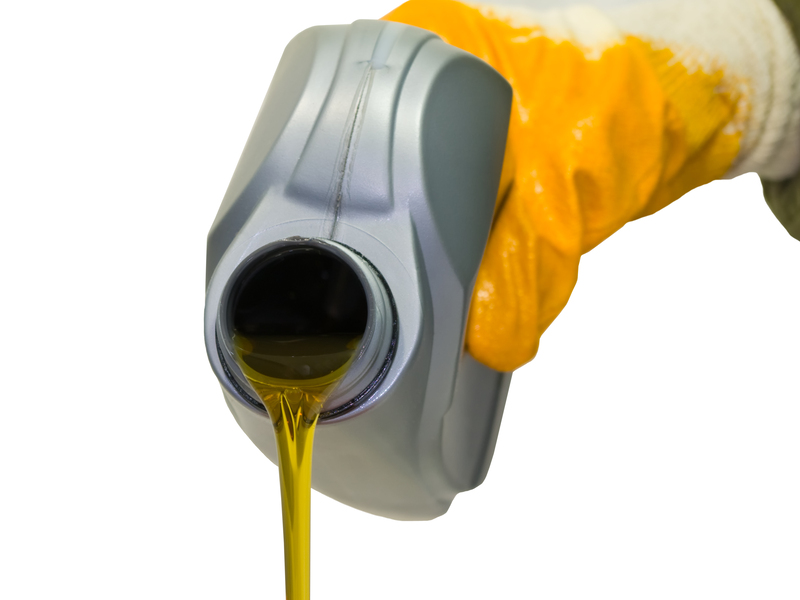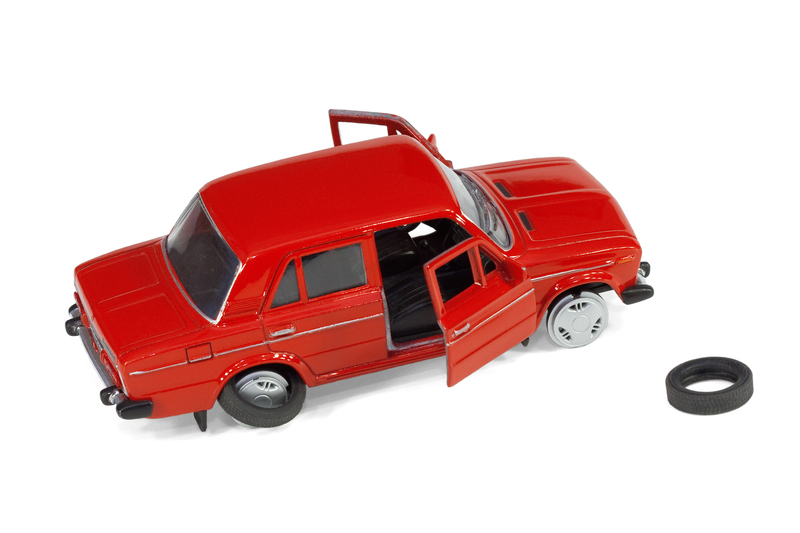Tips for Disposing of Pots and Pans the Eco-Conscious Way
Have you ever wondered what to do with old cookware? When your pots and pans have served their purpose and show signs of wear, tossing them out with regular trash might seem easiest. However, there are much better, more sustainable options. Disposing of pots and pans the eco-conscious way helps reduce landfill waste, saves resources, and can even support your community. In this complete guide, you'll find everything you need to know about eco-friendly cookware disposal, from recycling tips to creative repurposing ideas.
Why Eco-Conscious Cookware Disposal Matters
Traditional disposal methods often contribute to environmental pollution. Cookware materials such as stainless steel, aluminum, copper, and non-stick coatings can take hundreds of years to break down in landfills, and some might leach harmful chemicals. Proper disposal of old pots and pans ensures that valuable materials are reclaimed and reused, lessening the strain on our planet's resources.
- Reduces landfill waste
- Conserves raw materials
- Minimizes harmful emissions
- Encourages responsible consumer habits

Know Your Cookware: Understanding Materials
Before you begin the process of disposing of pots and pans, it helps to identify the primary material. This will guide your approach and expand your options, as different materials are handled in unique ways.
- Stainless Steel: Highly recyclable and durable, often accepted at scrap yards.
- Cast Iron: Also recyclable and can be seasoned or restored.
- Aluminum: Lightweight and often accepted at municipal recycling programs, but check for mixed materials.
- Non-Stick Coatings (e.g., Teflon): Need special attention; recycling may depend on removing the coating.
- Copper: Valuable for scrappers, but check for lead contamination.
- Enamel-Coated: May require special handling due to glass-like finish.
The Dos and Don'ts of Disposing of Old Pots and Pans
Not all disposal options are created equal. Keep these guidelines in mind:
- Do research your local recycling options.
- Do donate usable cookware to charities or shelters.
- Do consider creative repurposing or upcycling.
- Don't throw pots and pans with coatings in standard recycling without checking guidelines.
- Don't toss all cookware in general waste - look for sustainable alternatives first.
Eco-Friendly Ways to Dispose of Pots and Pans
1. Recycle Whenever Possible
-
Check Local Recycling Programs: Many municipal curbside recycling programs do not accept cookware because of their bulky nature or mixed materials. Instead, look for:
- Scrap metal collectors
- Specialty recycling drop-off locations
- Household hazardous waste centers for coated items
- Prepare the Cookware: Remove any non-metal parts, such as plastic handles, silicone grips, or glass lids, where possible. If your cookware has a non-stick coating, contact your recycling center about requirements; some may require you to strip the coating.
- Deliver or Schedule Pickup: Some scrapyards will pick up bulk scrap metal or have community drop-off days.
Bonus Tip: Copper and stainless-steel pots are particularly valuable as scrap metal, and some metal recyclers may even offer cash for these materials!
2. Donate Gently Used Cookware
If your pots and pans still have life left (no major warping, chipping or hazardous damage), donating cookware is a fantastic way to help others and prevent premature disposal.
- Goodwill, Salvation Army, and local thrift stores: Accept clean, functional cookware of all types.
- Community kitchens and shelters: These organizations often need reliable pots and pans for preparing meals.
- Online community groups: Use platforms such as Freecycle, Craigslist, or Facebook Marketplace to give items to those in need or looking for affordable kitchenware.
Remember: Always clean pans thoroughly before donation, and verify that non-stick coatings aren't peeling or flaking, as this could pose a health hazard.
3. Repurpose and Upcycle Old Pots and Pans
Why not unleash your creative side? Upcycling cookware reduces waste and breathes new life into old items. Here are some fun, functional ideas:
- Planters and Outdoor Decor: Fill large pots with soil and use as flower pots or herb gardens. Paint them for extra flair!
- Storage Solutions: Deep pans are perfect for organizing tools, art supplies, or even as quirky fruit bowls.
- Wall Art and Clocks: Old pans with interesting shapes or colors can be mounted on the wall or transformed into unique clocks or mirrors.
- Bird Feeders: Shallow pans make excellent bases for DIY bird feeders.
- Wind Chimes and Garden Bells: Mix and match pans, lids, and cutlery for whimsical outdoor musical art.
Pro Upcycling Tip: Search for upcycling workshops in your area, or check out online inspirations on platforms like Pinterest and Instagram for even more ideas.
4. Restore or Repair When Possible
Not every old pan has reached the end of its usable life! With a bit of effort, certain cookware can be brought back to great condition, reducing your need to buy new. Consider:
- Re-seasoning cast iron pans to remove rust and restore non-stick properties.
- Tightening or replacing loose handles, especially if the pan material is sound.
- Polishing stainless steel cookware to remove stains and scorch marks.
- If non-stick coatings are slightly scratched but not flaking, research recoating options - some companies restore non-stick finishes for less than replacing the pan.
Special Considerations for Non-Stick and Specialty Coated Cookware
Disposing of non-stick or ceramic-coated pots and pans requires extra precautions due to the chemicals used.
- Non-stick coatings such as PTFE (Teflon) can be potentially harmful if not handled correctly. Never burn or incinerate these pans, as toxic fumes may be released.
- Some recycling centers may not accept coated pans unless the coating is removed. Contact your local waste management authority for guidance.
- If you're unsure, dispose of non-stick cookware as directed by your municipality, often by bringing them to a household hazardous waste collection event.
How NOT to Dispose of Your Pots and Pans
Avoid these common mistakes to ensure you're protecting both the environment and your local waste management system:
- Don't put pots and pans in curbside recycling without checking local rules. Many centers don't accept them due to size or mixed materials.
- Never discard specialty coated cookware in garden compost or burn them. Harmful chemicals and heavy metals may leach or be released.
- Avoid illegal dumping or leaving cookware at donation centers without permission - this creates unnecessary work and waste for charities.
Frequently Asked Questions about Eco-Conscious Cookware Disposal
Can I recycle cookware with plastic handles?
Most recycling centers require that handles and other non-metal components be removed before accepting cookware for scrap. If you can't remove the plastic, check whether your local recycler will take the whole pan, or look for upcycling/donation alternatives.
Are lids recyclable?
Glass lids are typically recyclable with other glass, if your program accepts them. Plastic or metal lids can often be recycled as scrap, but always check the guidelines and remove any rubber or silicone seals.
Is it safe to donate used non-stick pans?
You should only donate non-stick pans if their coating is intact, free of peeling or flaking. Damaged coatings can pose health risks and should be recycled or disposed of responsibly instead.
What is the best option for cast iron disposal?
Cast iron pans rarely need disposal! Try restoring or donating them first. If rust is severe and restoration isn't possible, these pans can be recycled as scrap metal due to their high iron content.

Turning Old Cookware into Green Opportunities
By disposing of pots and pans in eco-friendly ways, you're not just cleaning out your kitchen--you're contributing to a cleaner, more responsible world. Every pan you recycle, donate, or repurpose reduces waste, saves energy, and supports the circular economy. Here's a quick summary of what you can do:
- Recycle your metal cookware at a local scrapyard or through specialty programs.
- Donate usable pans to charitable organizations or individuals in need.
- Repurpose or upcycle pieces into art, planters, or creative home items.
- Restore whenever possible, especially with cast iron and stainless steel.
- Dispose responsibly of non-stick and coated pans through approved channels.
Pro Tips for Adopting Sustainable Kitchen Habits
- Invest in durable cookware that will last for years, reducing future waste.
- Care for your pots and pans to extend their lifespan: avoid metal utensils on non-stick surfaces and clean according to manufacturer instructions.
- Research new eco-friendly cookware materials when replacing old sets, such as ceramic, recycled steel, or responsibly sourced cast iron.
- Encourage friends and family to try these green disposal methods!
Conclusion: Every Pan Counts
Disposing of cookware the eco-conscious way isn't just a trend--it's a responsibility for all of us who care about the planet and future generations. Whether you're recycling, donating, repurposing, or repairing your old pots and pans, every action makes a difference. The next time you need to retire a piece of kitchenware, remember these tips for sustainable pots and pans disposal. Together, we can cook up a greener future!